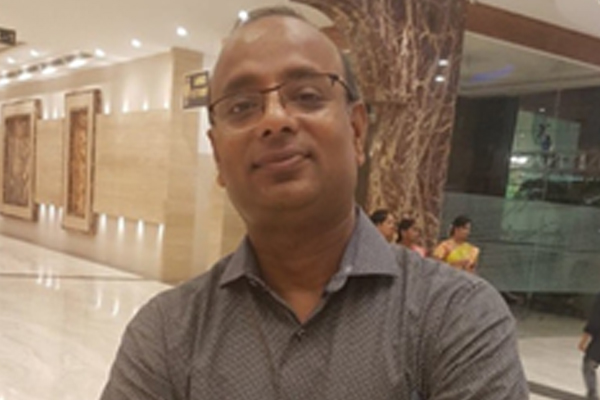|
Safety is Just Not Everybody’s Responsibility… Instead Everybody Must Think like it’s Their Responsibility
Tapas Saha, Vice President - EHS, Neuland Laboratories speaks about the key challenges related to implementing safety regulations within a large organisation, pre-requisites for safety managers before they conduct a workplace safety audit and the work done by Council for EHS Professionals in enhancing OSH awareness.
Interviewed by Adeesh Sharma
What are the key challenges related to implementing safety regulations within a large organisation?
There is very common concept across the organizations, irrespective of whether they are small, medium or large that “Safety is everybody’s responsibility” but in reality it is nobody’s responsibility except Safety Professionals. Probably we have to come out of the old age mindset to think that “Safety is not just everybody’s responsibility but that everybody must think it is my responsibility.”
Moreover, adequate safety requirements in alienation with regulation have to be considered at the design stage & capex approval process. But, unfortunately it is not being followed in many cases, which leads to regulatory non-compliances at conceptual step itself. Later on it is a big challenge for the Safety Manager to satisfy the regulatory body. The other challenge is that the mind set or apathy towards safety. Many times adhering to safety regulations take a back seat to give more attention to day to day safety requirements.
What are the pre-requisites for safety managers before they conduct a workplace safety audit?
Work place safety audit is probably, one of the major activities of a safety manager to ensure work place remains safe at any given point in time. It can be done effectively only if the Safety Manger is well versed about the process rather than following a stenotype audit by adhering to a prepared audit check list. Every industry & process is unique by design, criticality, employees and its geographical location. The audit has to be very interactive with shop floor people, done in a congenial atmosphere & should try to understand risk management system of each activity. Every Safety Manager should realize that audit is an art rather just a technical matter.
Please tell us about the Council for EHS Professionals and the work done by it in enhancing OSH awareness.
Council of EHS professionals (CEP) was formed in September’ 2015 by a few EHS professionals based in Hyderabad. Today, CEP is having more than 2500 EHS professionals across country & a few are from outside India as well. Now, CEP is a registered non-profit & non-government organization & run by few EHS core committee members voluntarily. The basic objective of CEP is to provide a platform for knowledge sharing to all EHS professionals, this being a very dynamic field & to meet high expectations either from regulatory bodies or from external/internal customers. No doubt, today, there is a gap between EHS expertise & expectations, which is increasingly seen as a global requirement for business sustainability. CEP is relentlessly working to bridge the gap by providing expertise comments on any EHS related queries electronically irrespective of geographical presence. In addition to this, CEP is conducting a bimonthly training programme (average participants 200-250), fortnightly Value Drive Approach (VDA) program for young EHS professionals & a quarterly EHS newsletter. Recently CEP conducted more than 100 training sessions on “Static Electricity Hazard” in various industries (in house) & covered more than 70 industries & 7500 participants (three hours each training sessions) in Telengana, Andhra Pradesh, Karnataka, Maharashtra, Gujarat, Madhya Pradesh & Tamil Nadu. CEP is very happy to share that all the above initiatives are completely free of cost. All interested EHS professionals are welcome to join CEP without any participation/joining fees for lifetime.
|



